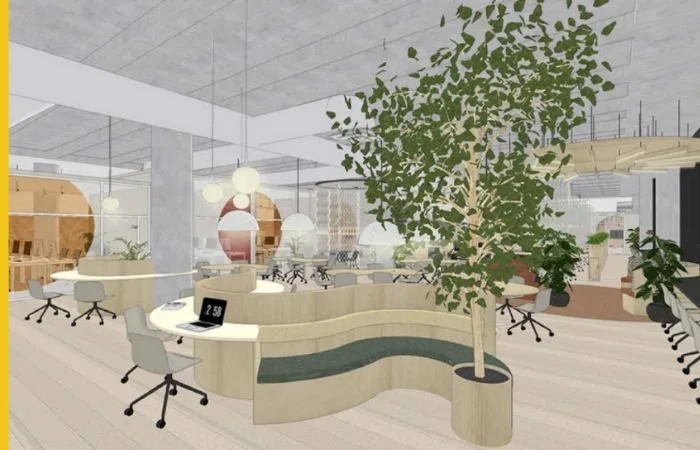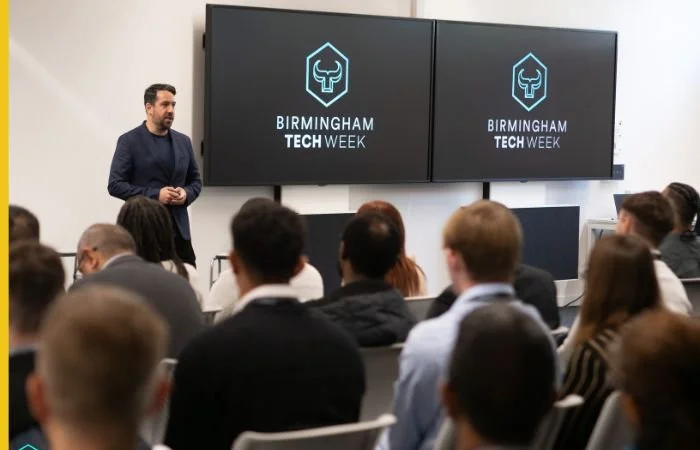The Tinder Revolution – how modern users expect to be catered to

Guest article, by the recruitment experts at Jobmagnet.
Job seeking and dating go hand in hand, and are not as dissimilar as you may at first think. Many people spend a great deal of time searching for the perfect match, professionally and romantically, and both come with their own setbacks and victories. The introduction of Tinder and other such apps has changed the dating game forever, but it has also had an effect on how other apps are developed and how users expect to be catered to. In this article I’m going to look at the ‘Tinder revolution’, and how it has changed the expectations of app users, and in particular jobseekers.
The age of the smartphone has changed all aspects of life, and you can now do virtually anything at the touch of your fingertips, whether it be finding a date, ordering food or getting a job. The ease with which we can now do things has harboured an expectation for simplicity and efficiency in the modern user that borders on laziness. Dating apps embody this expectation, creating a simple ‘like’ or ‘no like’ formula that allows prospective daters to find each other with minimal effort and maximum ease. Because of the similarities between job seeking and relationship seeking, it was only a matter of time before job search apps replicated the formula, but what is it that modern app users now expect?
Ease
It now couldn’t be easier to set up a dating profile for yourself; all it requires is a simple log in, a choice of a few pictures and a short bio, and your profile is set up. If setting up a profile for a dating app is as easy as that, users will expect a job seeking app to have the same capabilities. Rather than having to arduously attach a CV and cover letter to each individual application, jobseekers will want to have a profile set up which will have their personal information and documents stored, to save them having to find this information each time they want to apply for a job.
Speed and Simplicity
The modern dating app specialises in speed and simplicity, and is the basis of the model. Swiping yes or no based on minimal information allows app users to search for dates with minimal effort, letting them work through potential matches with efficiency (to put it crudely). This same expectation has carried over into the world of job seeking; jobseekers want to be able to find potential employers with ease – rather than having to look them up individually – and they want to be able to choose quickly whether they wish to apply or not.
Reach
Being able to set up a profile and find potential dates so quickly, means that you can look through other people’s profiles at a faster rate and thus find more people in a shorter timeframe. Any jobseeker planning on searching for a job through an app would want it to follow a same model; to be able to search through jobs quickly in order to reach as many potential employers as possible. With job seeking, as with dating, the more people you are able to reach and the more employers you are able to apply to, the higher the chance of finding a perfect match.
Tinder paved the way for fast moving, speedy apps that allow users to operate with an almost ruthless efficiency. This model reflected the needs of a society that is growing around technological development and the age of smart phones, where everything is available at your fingertips and speed and ease of access are vital requirements for any app. The modern app user wants something that is easy to understand and fast to use, rather than something that is overly complicated with high tech features.
Whether it be seeking for a job or searching for romance, the key components required in a modern app are ease of use, speed and reach. The Tinder model cut out a great deal of ‘hassle’, or effort, involved in traditional courting, allowing users to find as many potential matches as possible and choose if they are interested or not as quickly as possible. With job seeking in particular, being able to apply to as many jobs as possible increases the chances of getting an interview and eventually securing the role. Job seekers therefore require an application whereby they can reach as many employers as possible, and this is the expectation that the Tinder model has instilled.




































































































